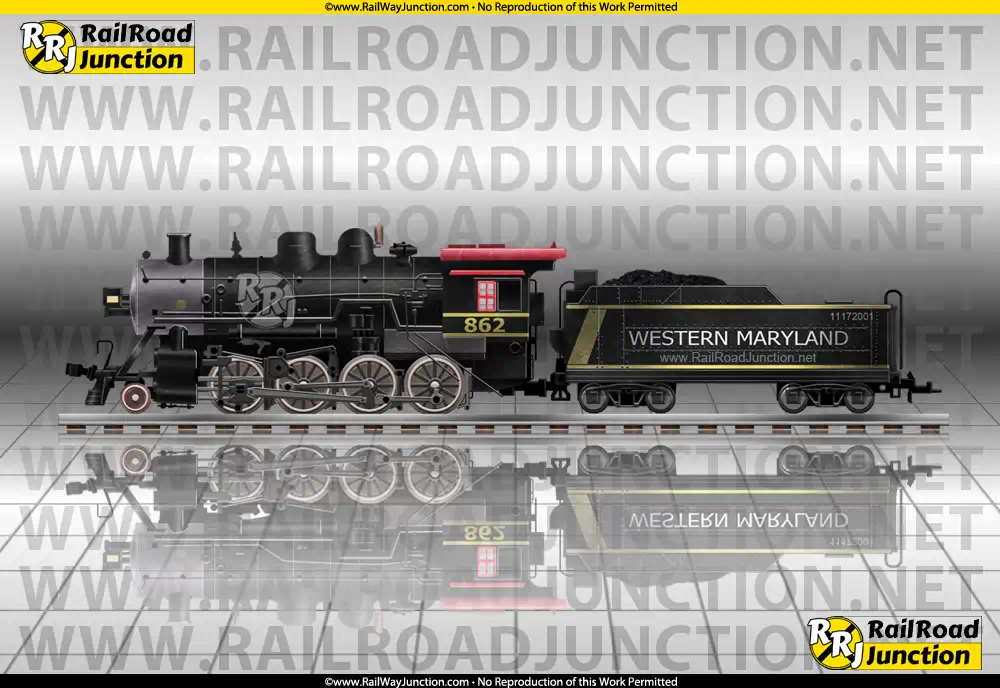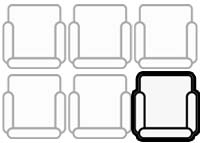
Locomotives / Train Sets
Entry Last Edited: 01/17/2024 | Content ©www.RailRoadJunction.net | The following text is exclusive to this site.
2-8-0 (Consolidation)
Steam Locomotive
Series: "Consolidation"
Entry Last Edited: 01/17/2024 | Content ©www.RailRoadJunction.net | The following text is exclusive to this site.
Specifications [+]


